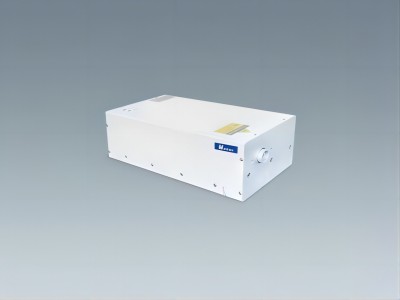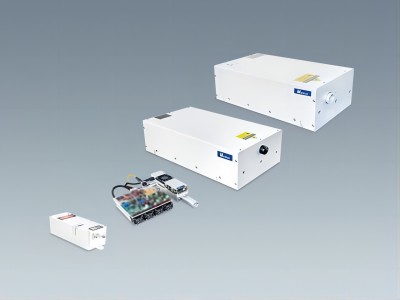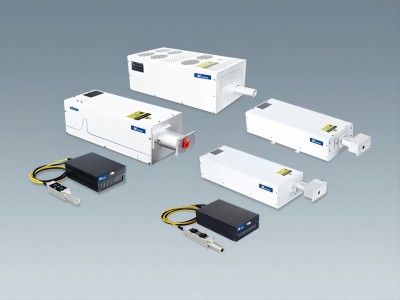Characteristics and Applications of Fiber Coupled Green Lasers
Greetings, everyone. Today, we’ll delve into the realm of Fiber Coupled Green Lasers. Let’s begin by understanding the defining traits of these lasers.
First and foremost, let’s explore their unique features. A standout characteristic of Fiber Coupled Green Laser is their output wavelength—green light. Typically ranging from 500 to 550 nanometers, this wavelength is critical across various applications.
Fibre green lasers typically fall under the category of solid-state lasers. It is because the amplification medium in fibre-coupled green lasers is commonly a solid material, such as Nd: YAG (neodymium-doped yttrium aluminium garnet) crystal or other doped materials. While optical fibres are employed for laser beam delivery, their primary role lies in optical transmission rather than amplification. The amplification medium is typically situated within the laser head or source of the fibre laser system, generating the laser beam and providing amplification. Thus, despite the crucial role of optical fibres, fibre-coupled green lasers are classified as solid-state lasers due to their use of solid amplification mediums.
Fibre solid-state lasers boast numerous advantages, including stable laser output, superior beam quality, and versatile applications. So, what distinguishes Maiman Laser’s fibre green laser?
Firstly, its peak power is exceptionally high. An 8W cold light laser exceeds six times the power of a 20W fibre laser, enabling the rapid generation of high-intensity energy suitable for swift cutting and marking tasks. Additionally, its narrow pulse width and minimal heat ensure that even when working with plastic materials, there is no risk of scorching. This feature mainly benefits precision manufacturing applications requiring accurate cutting and marking. Moreover, its high reflectivity ensures it won’t damage the laser when working with metal materials like gold, silver, or copper. Lastly, its high precision allows finer object processing than fibre lasers, enhancing processing delicacy.

Now, let’s examine the diverse application domains of fibre-based green lasers. Extending beyond traditional laser cutting and marking, they find widespread utility in optical communications, scientific research, and more. Whether facilitating large-scale production or conducting intricate scientific experiments, green lasers prove indispensable.
In summary, Fibre-coupled green lasers are pivotal in industrial production or scientific endeavours. Maiman Laser stands ready to provide cutting-edge laser solutions!





